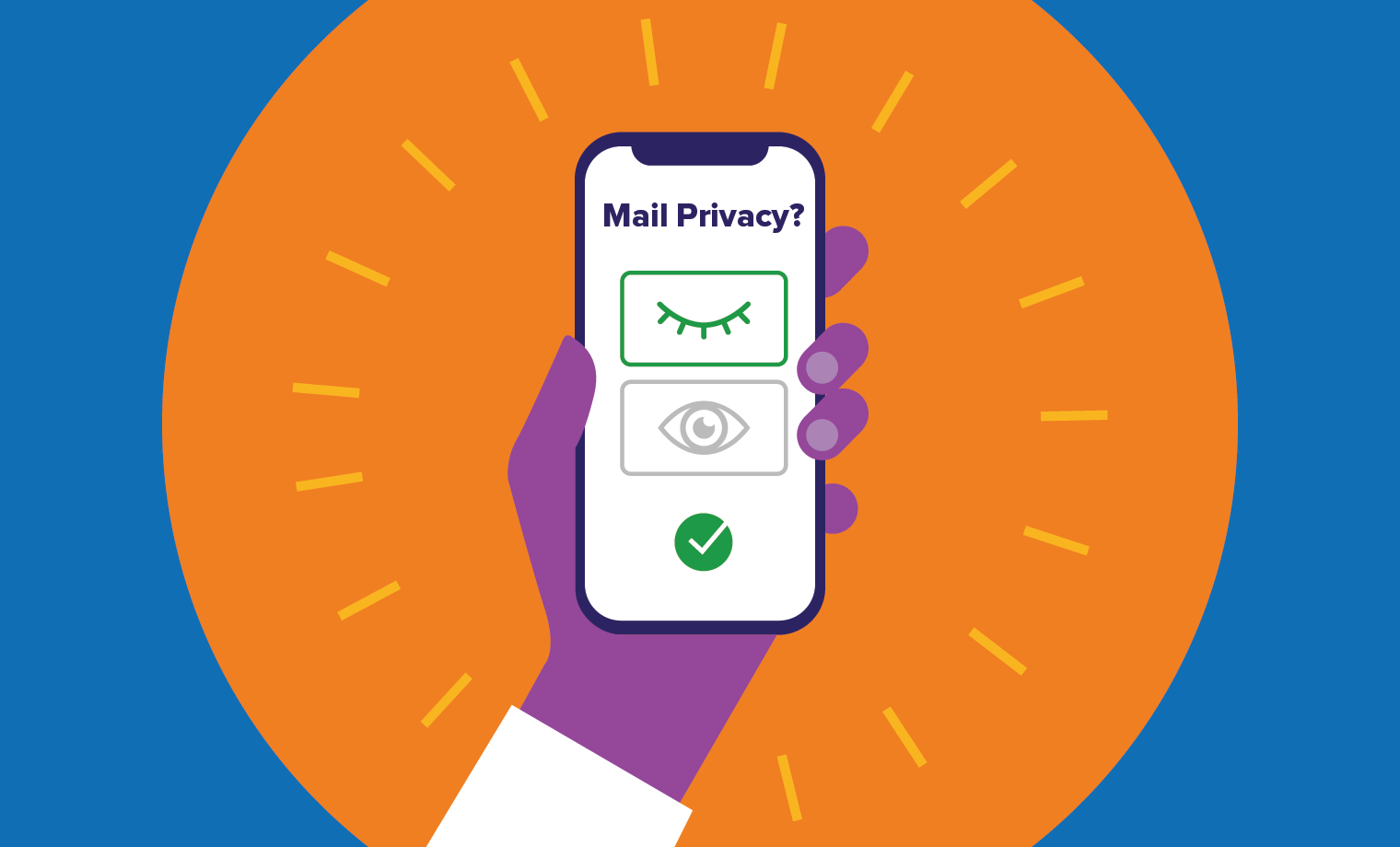In September 2020, Apple released its iOS 14, which now runs on 90%+ of all modern mobile iOS devices. This update pushed privacy settings back into the spotlight and required users to opt in to tracking, of which only 6% of users approve (Flurry.com). With the expected launch of iOS 15 update this September, Apple is adding another highly debated privacy feature, Mail Privacy Protection.
The Challenges of Increased Email Privacy
So, what is this new feature and how will it potentially affect one of the most valuable marketing channels B2B organizations have at their disposal? In a nutshell, it will stop senders from knowing if an email has been opened or detecting the recipient’s IP address.
This type of feature and protection shouldn’t come as a surprise to anyone who follows Apple’s stance on privacy or its refusal to cooperate with the FBI on weakening its encryption. This trend will likely continue, and subsequent iOS updates will probably further restrict access to personally identifiable demographic and location information from these users. Marketers are left wondering what the effect will be on email campaigns and email tracking.
As stated earlier, email is an important tool in a marketer’s arsenal. In fact, Apple’s combined email apps make up 49.7% of all email opens, which may equate to half your current list. So, let’s look into the iOS 15 privacy concerns and break down how this change affects our ability to execute exceptional email marketing for our clients and their customers, because it does.
How Apple Is Using Mail Privacy Protection
The first time a user on iOS 15 opens their Mail app, they’ll get a message with two options: Protect Mail Activity or Don’t Protect Mail Activity. You don’t have to be a UX expert or psychologist to know this interaction is heavily weighted toward protecting your mail experience. Notably, you also don’t currently (in beta) have an option to abstain from choosing.
We expect roughly the same percentage of people who opted out of tracking will opt into mail protection, probably 90% or more. For users who opt into mail protection, Apple will download and cache their email on its servers. They’ll then act like a bouncer at a nightclub—and, that’s as far as the sender is getting. Instead of reporting activity back to the sender when a user opens an email on their devices, Apple’s mail clients will pull assets from their cached server for the user.
What Apple Mail Privacy Protection Means for Marketers
Open rates have a terrible reputation as a metric. By themselves, they just don’t paint much of a picture. Any good marketer will look at many additional metrics to measure the effectiveness of their email communications. But, open rates are also used for myriad other conditional elements in the email marketing mix.
Factors Affected by the Update
Reporting
It remains to be seen precisely how this iOS privacy update will affect reporting. However, come this fall, open rates will be unreliable and should be carefully segmented if you’re still using them in reporting. Start communicating now that this particular metric will be getting depreciated when iOS 15 launches, so no one gets caught off guard.
As we outlined in a previous blog post, every email marketing tool may handle things differently. Your open rate may skyrocket, or it may plummet, but expect it to change drastically overnight. Consider reviewing your list data to see what percentage of contacts using Apple devices may be affected (e.g., iPhone, iPad, and macOS Monterey users). Also, create benchmarks based on the current open rate and the number of users affected.
A/B Testing
Now is the time to A/B test factors like subject lines and send times, as the open rate will no longer be as much of an accurate indicator. Once the update rolls out, decisions will be based on skewed data (unless the provider is accounting for it) or on a smaller subset of users across the less popular mail clients.
List Hygiene
Many modern email clients implement “list hygiene,” which is removing unengaged recipients or moving them into re-engagement funnels. This practice relies on open rates as one of its key factors. Without those “self-cleaning” automations, we may see our lists start to bloat with less-engaged users.
Nurture and Drip Campaigns
For B2B marketers, these are essential tools to delivering targeted, timely, and relevant email communication. Many of the conditional queues that platforms utilize for optimizing these kinds of campaigns pair email “opens” with specific actions, or a lack of action, to make next-step decisions. Without adjusting some of these indicators, the timing for these tactics may fall apart or never trigger. So, make sure you’re changing those well ahead of the update.
Tend to Your Lists
Overall, email marketers with clean, well-built lists and segmentation shouldn’t have to worry too much about this change. Suppose your customers and clients find the email content you’re sending them valuable today. In that case, they’ll still find what you send beneficial, even after the update. Plus, you’ll still be able to see all of the other engagement metrics that mean so much more than open rates.

